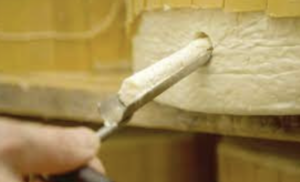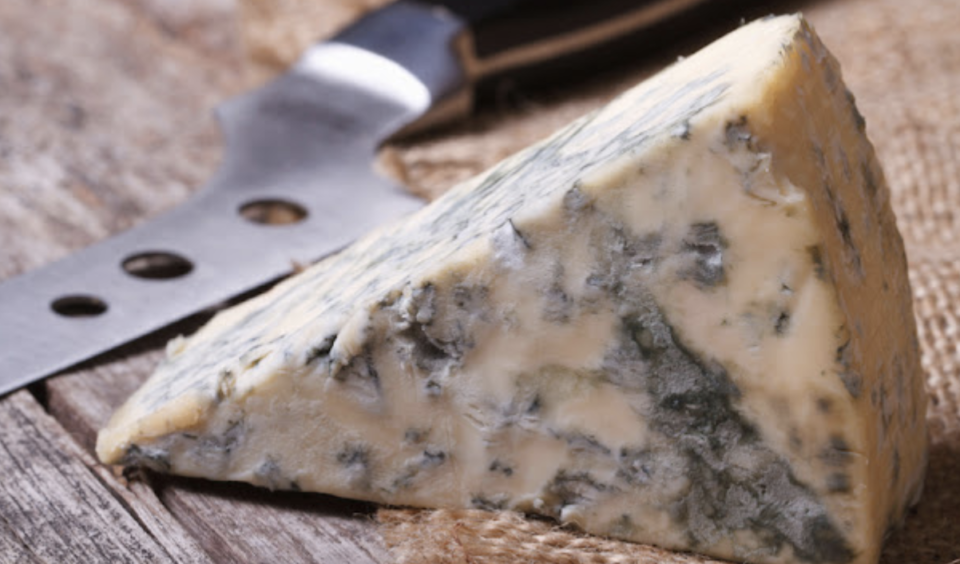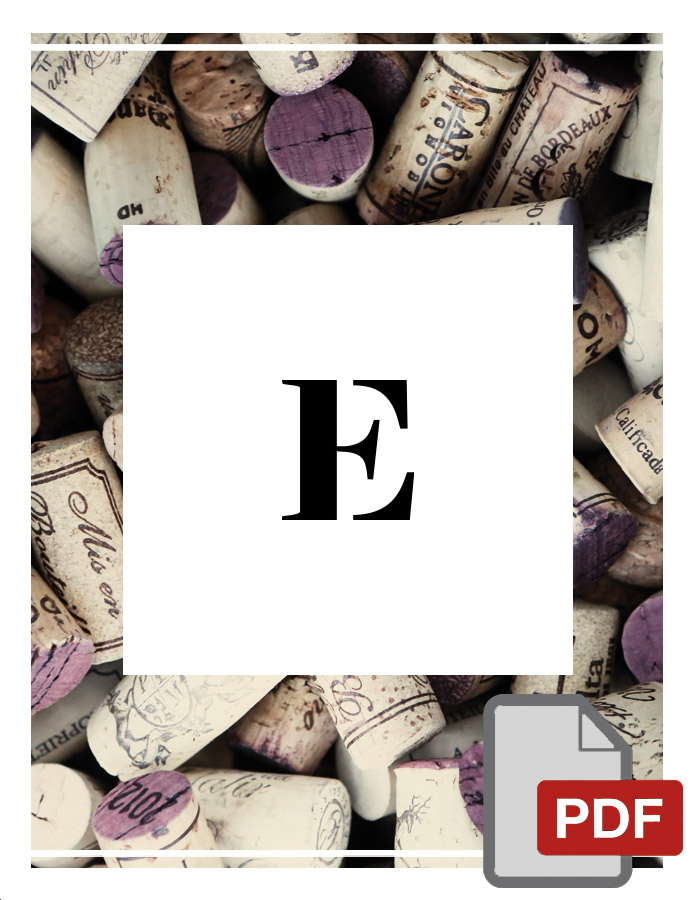Let me share with you another passion of mine … cheeses.
I started loving cheese right away! The scent of rennet is among those childhood memories I will never forget. When I used to wander around the village dairy with my father to eat the Friulian “striciulis”, which are scraps of soft cheese. I certainly had no idea that one day I would work in a creamery, and I would become so passionate about this product; cheese represents an important element of the Italian culinary tradition.
The blue cheeses
Today, I am talking about “green cheeses” that create “popping” sensations in the mouth. Blue cheeses are cheese with noble moulds of green, grey or blue veins.
The term derives from the Milanese dialect “erborin” which means parsley, a typical green herb. The microorganisms that generate this colourful bloom are bacteria that do not interfere with the lactic bacteria and are fundamental for cheese making. I am talking about microorganisms added to the milk before curdling in the form of spores that will germinate during maturation, creating the molds.

Did you know that the development of streaks is only superficial? To get inside the cheese wheel, we use needles or blades to create cracks in the dough and allow the microorganisms to colonize inside.
The type of puncture and the number of infiltrations determine the taste of blue cheeses, unmistakable thanks to their buttery consistency, which melts in the mouth; this is a delight for the palate.
The taste of blue cheeses is often sweet and acrid, other times intense and spicy and recalls the aromas of mushrooms and undergrowth.
Pairing – not just wine
The perfect match? Taste them with honey; I recommend truffle honey; try it with fruity bread with sultanas or dried and dehydrated fruit.
If you want to pair it with a wine, I recommend a sweet wine like Verduzzo from Friuli Venezia Giulia; if you want to make your taste buds go wild, try your blue cheeses with a Riesling.
Happy tasting, see you next time
Elisa





